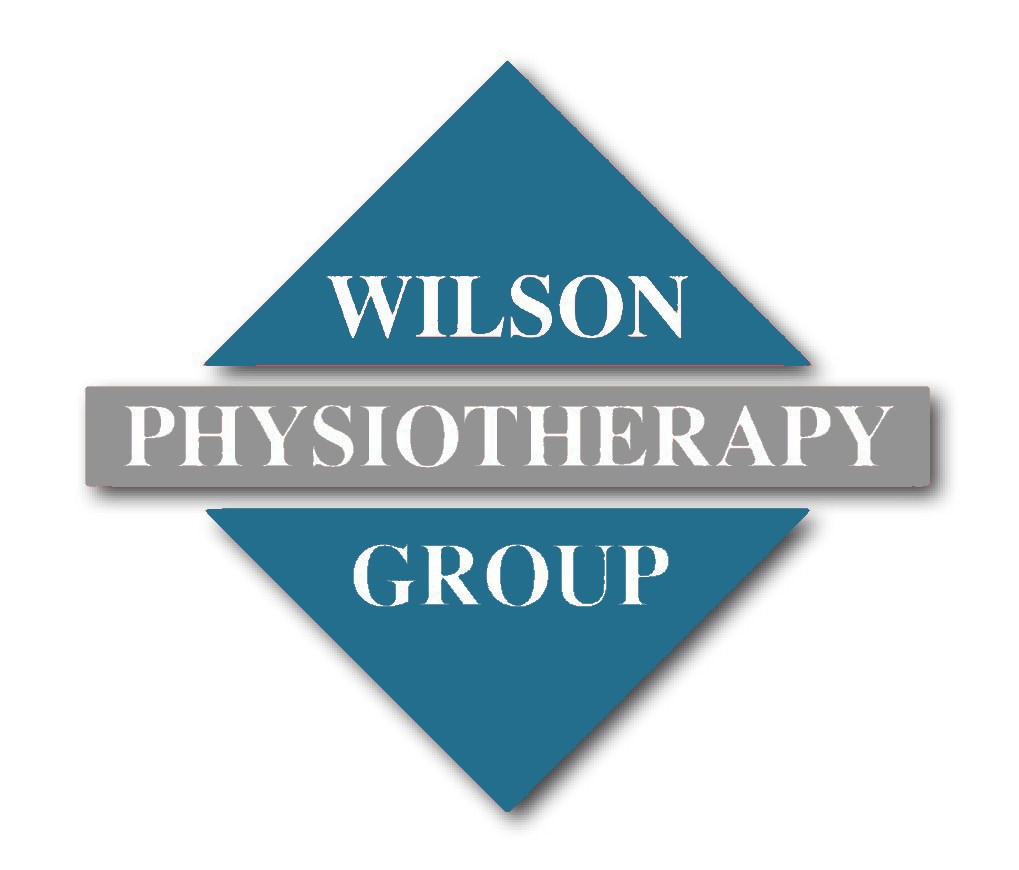Everything you need to know about Arthritis
What is Arthritis?
Arthritis is basically joint (‘arth’) inflammation (‘itis). Arthritis is the umbrella term for many different kinds of joint inflammatory issues which include, but are not limited to; osteoarthritis, rheumatoid arthritis, septic arthritis and juvenile arthritis. Osteoarthritis, which is the most commonly occurring form of arthritis, affects 2.1 million Australians and is also the 4th most common reason people visit their GP.
What causes Arthritis?
As we said before, there are many types of arthritis and this means that there are many different causes of arthritis also. Rheumatoid arthritis for example is an autoimmune disorder which causes chronic inflammation and eventually cartilage and joint destruction. Factors within the body attack the joint tissue causing swelling and pain. This type of arthritis requires very specific management and referral to a GP, rheumatologist and physiotherapist.
Osteoarthritis involves firstly the inflammation of joint tissue and can also lead to cartilage breakdown. Cartilage lines the surfaces of the joint and is the barrier that offers protection between bones so they do not rub together. The inflammation and breakdown of cartilage is often due to mechanical loading over your lifetime and is often exacerbated by weight gain, muscle weakness, joint instability and can also result from previous injury or surgery in the area. You may have heard before that once the breakdown of this cartilage occurs is cannot be repaired. This is true but there are a lot of things you can do to manage your discomfort or become pain free. Remember, osteoarthritis in some degree is a normal part of the aging process and does not always equate to pain. Many people have osteoarthritis and don’t even know it!
How do I know I have Arthritis?
Symptoms of arthritis can include: localised joint pain; diffuse muscle pain; pain and stiffness in the mornings, discomfort at night, general stiffness after a period of rest, pain on joint movement or weight bearing. You do not need to have all of these symptoms to have arthritis. If you have these symptoms however, you should speak to your GP or physiotherapist who can help you manage and improve these issues.
The most common areas for arthritis are in the hands, neck, lower back, knees or hips. In some arthritis types, you might also observe nodules around certain joints – this is especially common in the fingers. Remember, although arthritis is common it should not be ignored as without proper intervention it generally won’t improve. It is important to talk to your healthcare professional about the most appropriate ways to manage your symptoms.
I have Arthritis. What do I do now?
The most important thing to do when you have arthritis, particularly if you regularly get problems with pain and stiffness, is to get an assessment and treatment plan from your doctor and physiotherapist. Your doctor can prescribe medications to reduce the inflammatory processes in the joint as well as reduce your pain. But remember, osteoarthritis often has a long standing mechanical cause. The most common mechanical cause is muscle weakness or joint instability. These problems often create uneven pressures in inflamed joints and over a period of time will create ‘wear and tear’. Very commonly, rehabilitating an affected area can significantly reduce pain and help normalise the forces through the joint so they become more evenly spread and distributed. This is where your physiotherapist can help.
Weight loss is also a very powerful way to reduce mechanical forces in the joint that contribute to osteoarthritis. Sometimes people feel unable to exercise because general exercises cause pain and they are therefore unable to reach the level of activity required to affect weight loss. This is also where physiotherapy and medicine can help you. Don’t forget that a healthy diet is the most effective and best way to lose weight – speak to your GP or dietician today.
Exercise therapy has been shown in numerous scientific papers to one of the most superior ways of reducing the pain and loss of function caused by arthritis. In some cases, when arthritis cannot be helped through exercises and strength therapy, people can be referred to a specialist who might offer interventions such as cortisone (anti-inflammatory) injections or joint replacement. A joint replacement should be considered as the final option as all surgeries carry inherent risks. That said, people often have very good outcomes following such interventions if they are followed up with an effective strengthening program.
Is there anything I can do at home to help my pain?
As we have written above, there are lots of things. Staying active within your pain tolerance is a pro tip. Exercise or activity that causes pain during, after or at night may indicate that you are doing too much or that you need to build up some strength in those areas. Simple activities such as taking the dog for a walk can be very good for your joint health. If you are struggling with simple activities like this however, it’s time to seek some professional advice. The other remedies people find helpful can include: good diet, heat, low impact exercises (e.g cycling, walking, swimming) and over the counter pain relief medication (speak to your pharmacist or doctor about which specific medication and dosage you should be taking for your pain).
We hope this helps you guys. As always, you are welcome to call us at Wilson Physiotherapy if you have any further questions or queries.
